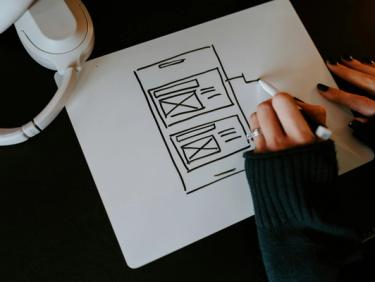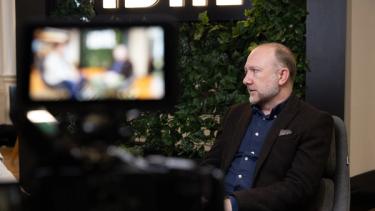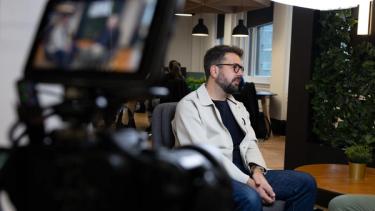Insight5 min read
Top 5 considerations for a content-first design approach
Tue Nov 14 2023 | Marketing Team

- Insight
- Web & eCommerce
- Design, UX & UI
Tags
It was over two decades ago that Bill Gates declared ‘Content is King’ and the consensus still stands today with it arguably being the most important part of designing a website.
Content is essentially your UX. It encompasses the images, words, videos and data featured across your website. If the main purpose of your site is to share valuable and relevant content to engage your audience, then you should be considering your content long before embarking on a web project. All too often, businesses miss the opportunity to create impressive UX designs, instead waiting until the later stages of the project to sign off content which inevitably creates new challenges to overcome.
Having a research strategy in place that supports a content-first design approach should be at the top of your agenda. When businesses choose to design content first, they are putting their valuable resources centre stage, conveying their brand through effective and engaging UX design. Throughout this blog, we will share our tips on how you can develop a content-first design approach.
How to develop a content-first design approach
Content can no longer be an after-thought, but there’s no denying that generating content can be a tricky. To get you thinking along the right lines and help put pen to paper, follow our top tips:
Ask lots of questions
Generating content that successfully satisfies what your customers want to know requires a lot of research. Get into the habit of asking open-ended questions that answer the Who, What, Where, When, Why and How. Using this approach will allow you to delve deep and gain an understanding of what your website should include to build a considered site map.
Consider your Information Architecture (IA)
How your content is organised and divided across the website is a crucial aspect of UX design. Without effective sorting, most users would be completely lost when navigating a site and there’s no point having memorable features if they can’t be found! Use card sorting exercises, tree tests, user journey mapping and user flow diagrams to form an understanding of how best to display your content in a logical and accessible way.
Conduct qualitative and quantitative research
Although Google Analytics is extremely useful, it doesn’t hold all the answers. Google Analytics is great at telling you what your users are doing, but it doesn’t give you the insight into why they’re doing it. Qualitative one-to-one user interviews is an effective method of really getting to grips with your user needs to understand why they do what they do. User testing also falls into this category. Seeing a user navigate through your website on a mobile phone in day to day life can give you great insight for UX design in terms of context and situation.
Align your content strategy with long-term business goals
Before beginning your web project, it’s important to understand the goals of the project and the pain points you are trying to solve. Include all the necessary stakeholders within this research to gain a comprehensive understanding of these insights before embarking on your web design project.
Content first, design second
Avoid designing content boxes across your website and trying to squeeze the content into these boxes. When designing a new website, it may seem counter-intuitive to begin with a page of words rather than a design mock-up. But, it’s important to remember that Lorem Ipsum isn’t going to help anyone either. Begin with the content your users need and then design out from there. Capturing the content and its structure can be done in many ways; we like to build content models based on IA site maps and qualitative user testing such as card sorting and user journey mapping.
By using a content-first design approach, you can understand what content needs to fit into your website design. Analysing your website’s content needs in the early stages or, even better, prior to the project beginning, can effectively inform and shape all touchpoints ultimately generating an optimised result with reduced time delays and constraints along the way. If you have a web project in mind and need help on how to get started, get in touch with the team today.


